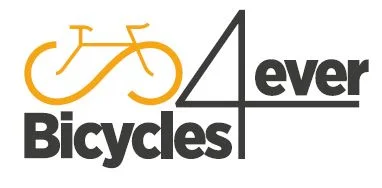Ride Faster, Not Harder | NorCal Cycling
Source: NorCal Cycling Youtube Channel: Ride Faster, Not Harder
Video Ride Faster, Not Harder with NorCal Cycling
Video Ride Faster, Not Harder with NorCal Cycling YouTube Channel.
Ride Faster, Not Harder
NorCal Cycling: A Comprehensive Look at Aerodynamics and Performance Testing
When it comes to cycling, every little detail can make a big difference in your performance. Whether you’re a casual rider or a competitive racer, finding ways to optimize your bike setup can help you go faster with less effort. One of the key factors that can impact your speed and efficiency on the bike is aerodynamics. In this article, we’re going to delve into the world of aerodynamics and performance testing, specifically focusing on a new tool called The Arrow Sensor.
What is The Arrow Sensor?
The Arrow Sensor is a cutting-edge device that measures wind speed, combines it with your power output and speed, and sends all of this data to your head unit in real-time. By analyzing this information, you can determine your Coefficient of Drag (CDA), which is essentially the amount of drag you experience while riding. By understanding your CDA, you can make adjustments to your riding position to reduce drag and increase your speed.
Testing Different Riding Positions
To demonstrate the impact of different riding positions on aerodynamics and performance, we conducted a series of tests using The Arrow Sensor. We tested four distinct riding positions: the normal position, climbing position, Cat 5 (novice) position, and aerodynamically optimized position. By analyzing the data collected from these tests, we were able to draw valuable insights on when to adopt each position for maximum efficiency.
Scenario 1: Climbing a Hill at 10 miles per hour
In this scenario, we found that aerodynamics had minimal impact on performance when climbing at lower speeds. The difference in drag between the climbing position and aerodynamically optimized position was only four watts. This suggests that when climbing, focusing on comfort and power output may be more important than aerodynamics.
Scenario 2: Racing in the Peloton at 20-25 miles per hour
When racing in the peloton at higher speeds, the aerodynamic benefits of different riding positions became more apparent. Transitioning from the novice position to the crit (aero) position resulted in a seven-watt savings. However, when riding in the draft of other riders, the aerodynamic benefits may be less significant.
Scenario 3: Sprinting or Bridging Efforts at 25-30 miles per hour
At high speeds, such as during sprints or bridging efforts, adopting an aerodynamically optimized position can yield substantial performance gains. Transitioning from a crit position to an extremely aerodynamic position resulted in a 75-watt savings. This difference can be significant in high-intensity efforts where every watt matters.
Choosing the Right Position for the Effort
The key takeaway from our testing is that selecting the right riding position for the effort is crucial for maximizing performance. Whether you’re climbing, riding in a group, or sprinting, understanding the aerodynamic implications of your position can help you ride faster with less effort. It’s essential to consider factors such as comfort, sustainability, and power output when choosing your riding position.
In Conclusion
The Arrow Sensor offers a valuable tool for cyclists looking to optimize their aerodynamics and performance on the bike. By analyzing data from different riding positions, you can make informed decisions about how to improve your efficiency and speed. Whether you’re a recreational rider or a competitive racer, understanding the impact of aerodynamics on your performance can help you reach new levels of success on the bike. Stay tuned for more testing videos and insights on aerodynamics and performance optimization in cycling.
The opinions expressed in this space are the sole responsibility of the YouTube Channel NorCal Cycling and do not necessarily represent the views of CicloNews.

